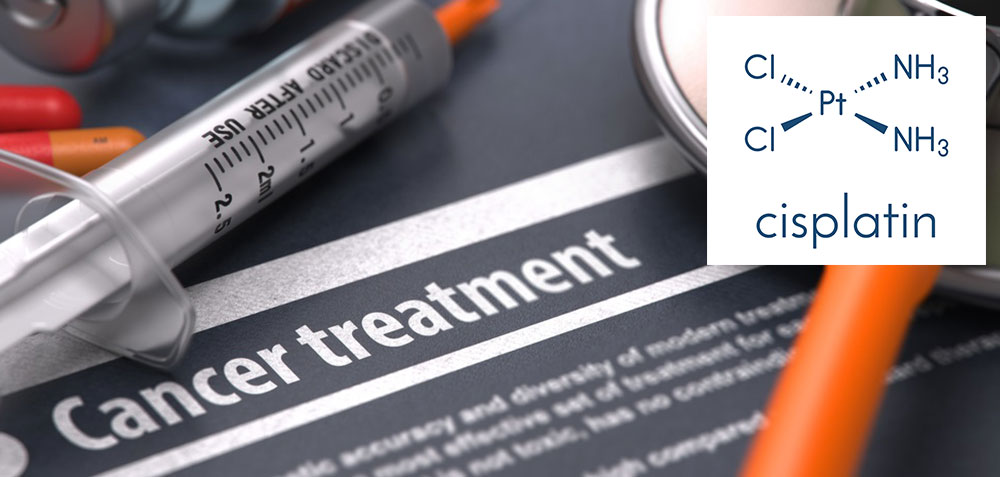
Chlorine-containing chemotherapy extremely effective in combating testicular cancer
Cisplatin, a chlorine-containing anticancer therapy, is highly effective at combating testicular cancer, notes an American Council on Science and Health (ACSH) article (November 16).
“For reasons that are unclear, the cure rate in men whose cancer has not spread is an amazing 99 percent,” says the ACSH article. “Perhaps more impressive is the fact that even when the cancer has metastasized to the lymph nodes in the abdomen, the five-year survival ranges from 73-96% depending on the extent of metastasis. This puts testicular in a class by itself. But, why?”
A recent paper in Cell Reports described in the ACSH article suggests that these outcomes may differ from those seen in people with other cancers “because germ cells, which make up much of the testicles are extraordinarily responsive to DNA-damaging (genotoxic) drugs,” such as cisplatin.
Professional cyclist Lance Armstrong, for example, had testicular cancer that spread to his lung and brain, yet he made a full recovery after conventional chemotherapy, states a press release from Cornell University, where the research team is based. Defining why testicular cancers are so susceptible to chemotherapy could eventually provide insights for treating other, more resistant cancers, says the release.
“The study provides new insights into the basis for the responsiveness of testicular cancer to chemotherapy, which has always been an intriguing observation, but the basis for it was not clear,” said Robert Weiss of Cornell’s College of Veterinary Medicine, the senior author of the study. Timothy Pierpont, a graduate student in Weiss’ lab, is the first author.
“The reason that cisplatin is useful against testicular cancer is the same reason that it is so toxic,” according to the ACSH article; the drug is an intercalator, fitting into grooves in the DNA double helix and damaging it. The bond to the DNA occurs irreversibly at the point on the cisplatin molecule where the chlorine atoms once were, according to the new findings from a mouse testicular germ cell tumor model. “The molecule is perfectly ‘engineered’ not only to fit into DNA but stay attached to it, which disables the various DNA repair mechanisms,” asserts the article. “This is as good a demonstration of chemistry and biology working together as you’ll ever see,” the article concludes.
